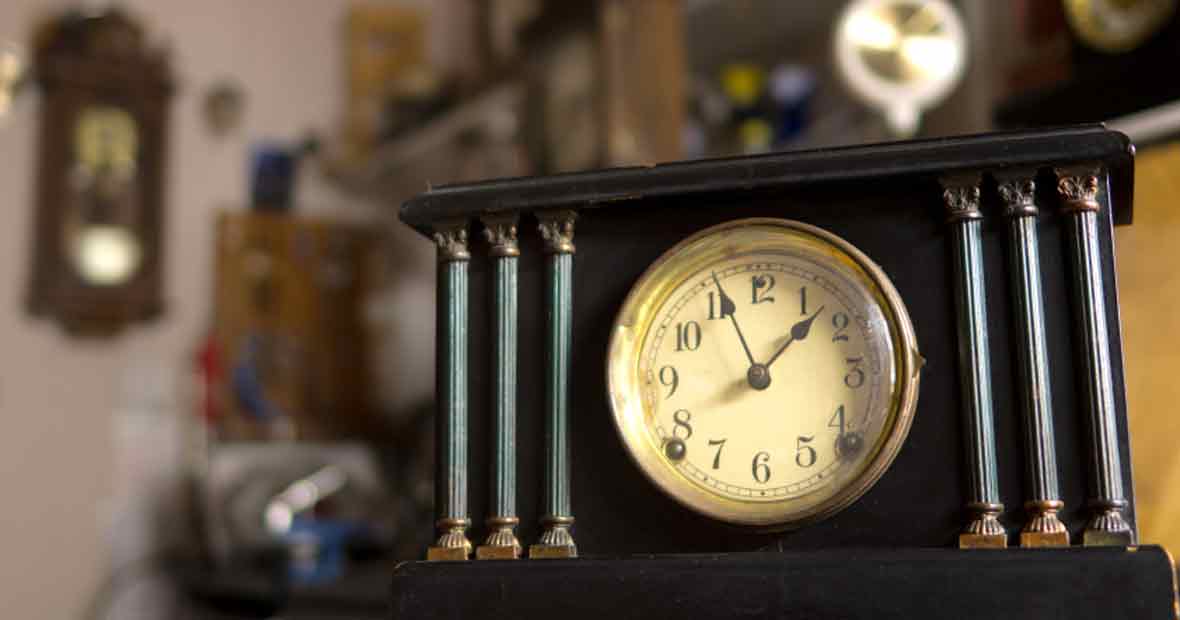
Rare antique clocks have a timeless appeal that captivates collectors and enthusiasts around the world. These exquisite timepieces evoke a sense of nostalgia and craftsmanship that is hard to find in modern mass-produced items. The allure of rare antique clocks lies in their unique design, historical significance, and the stories they carry within. The scarcity of these clocks adds to their value, as collectors and investors are constantly in search of one-of-a-kind pieces that showcase the artistry of a bygone era.
Historical Significance of Antique Clocks
Antique clocks hold a significant place in the history of timekeeping. Their development and evolution have played a pivotal role in shaping how we perceive and measure time today. From the creation of mechanical movements to the introduction of precise pendulums and escapements, antique clocks represent important milestones in timekeeping innovation. These timepieces also shed light on the social and cultural influences that shaped their design and aesthetic appeal.
Timekeeping Innovations and Influences
Antique clocks have witnessed numerous advancements in timekeeping technology throughout history. The invention of the spring-driven mechanism, attributed to Peter Henlein in the 16th century, revolutionized clockmaking. This advancement made portable clocks possible, leading to a surge in their popularity. Subsequent innovations, such as the introduction of the pendulum by Christiaan Huygens in the 17th century, elevated clock accuracy to new heights. The influence of scientific discoveries and cultural movements, such as the Industrial Revolution, also left their mark on clock designs, resulting in diverse styles and variations.
Famous Makers and Their Contributions
The craftsmanship of rare antique clocks is often associated with renowned makers who left a lasting legacy. Names like Thomas Tompion, John Harrison, and George Graham are synonymous with exceptional clockmaking. These makers not only pushed the boundaries of technical precision but also created unique designs that became iconic representations of their time. The contributions of these master clockmakers continue to be revered, with their creations garnering high demand and fetching substantial prices in the market.
Cultural and Social Impact of Clock Designs
Antique clocks reflect the cultural and social values of the eras in which they were created. The opulent Rococo style, with its elaborate ornamentation and curves, emerged during the 18th century and mirrored the extravagance of the European aristocracy. In contrast, the simplicity and clean lines of the Arts and Crafts movement in the late 19th century reflected a growing emphasis on craftsmanship and the rejection of mass production. Clock designs can provide invaluable insights into the tastes, trends, and socioeconomic influences that shaped the societies in which they were made.
Assessing the Market for Antique Clocks
The market for antique clocks has seen steady growth in recent years, driven by the increasing demand for rare and unique timepieces. Collectors and investors are drawn to the potential financial gains and the pleasure of owning a piece of history. However, navigating this market requires a careful evaluation of various factors to ensure a successful investment.
Key Considerations When Investing in Antique Clocks
Investing in antique clocks can be a rewarding endeavor, but it is crucial to approach it with caution and informed decision-making. Several key considerations play a vital role in determining the value and potential return on investment for rare clocks.
Authenticity Verification Processes
Establishing the authenticity of an antique clock is of utmost importance, as it directly impacts its value. Thoroughly researching the maker, examining signatures or markings, and consulting experts or reputable dealers can help verify the authenticity of a clock. Additionally, documentation, provenance, and historical records can provide valuable evidence of a clock's origin and increase its desirability in the market.
Assessing Condition and Originality
Examining the condition and originality of an antique clock is essential in determining its value and investment potential. Clocks in pristine condition with all original components typically command higher prices, as they are rare to find. Restoration or replacement of parts can significantly diminish the value, so it is crucial to carefully evaluate the overall condition and authenticity of the clock before making a purchase.
Evaluating Market Trends and Demand
Staying informed about current market trends and demand patterns can help investors make informed decisions when acquiring antique clocks. Monitoring auction results, attending antique fairs, and researching the prices of similar clocks can provide insights into the demand and value of specific styles, makers, or periods. Understanding the preferences and interests of collectors and buyers is key to identifying potentially lucrative investment opportunities.
Underlying Risks and Mitigation Strategies
Investing in antique clocks, like any other asset, carries inherent risks. Factors such as market fluctuations, changes in collector preferences, and the potential for counterfeit items can impact the value and liquidity of a clock. Mitigating these risks involves diversifying the collection, seeking guidance from experts, and building relationships with reputable dealers. Additionally, investing in insurance and storing the clocks in optimal conditions can help protect their value over time.
The allure of rare antique clocks is not just about their functionality, but the stories they encapsulate, the craftsmanship they exhibit, and the eras they represent. Investing in such masterpieces goes beyond mere financial gains; it's an investment in history, art, and culture. The market for these exceptional timepieces remains robust and promising, reflecting the enduring appreciation for artifacts that stand the test of time.